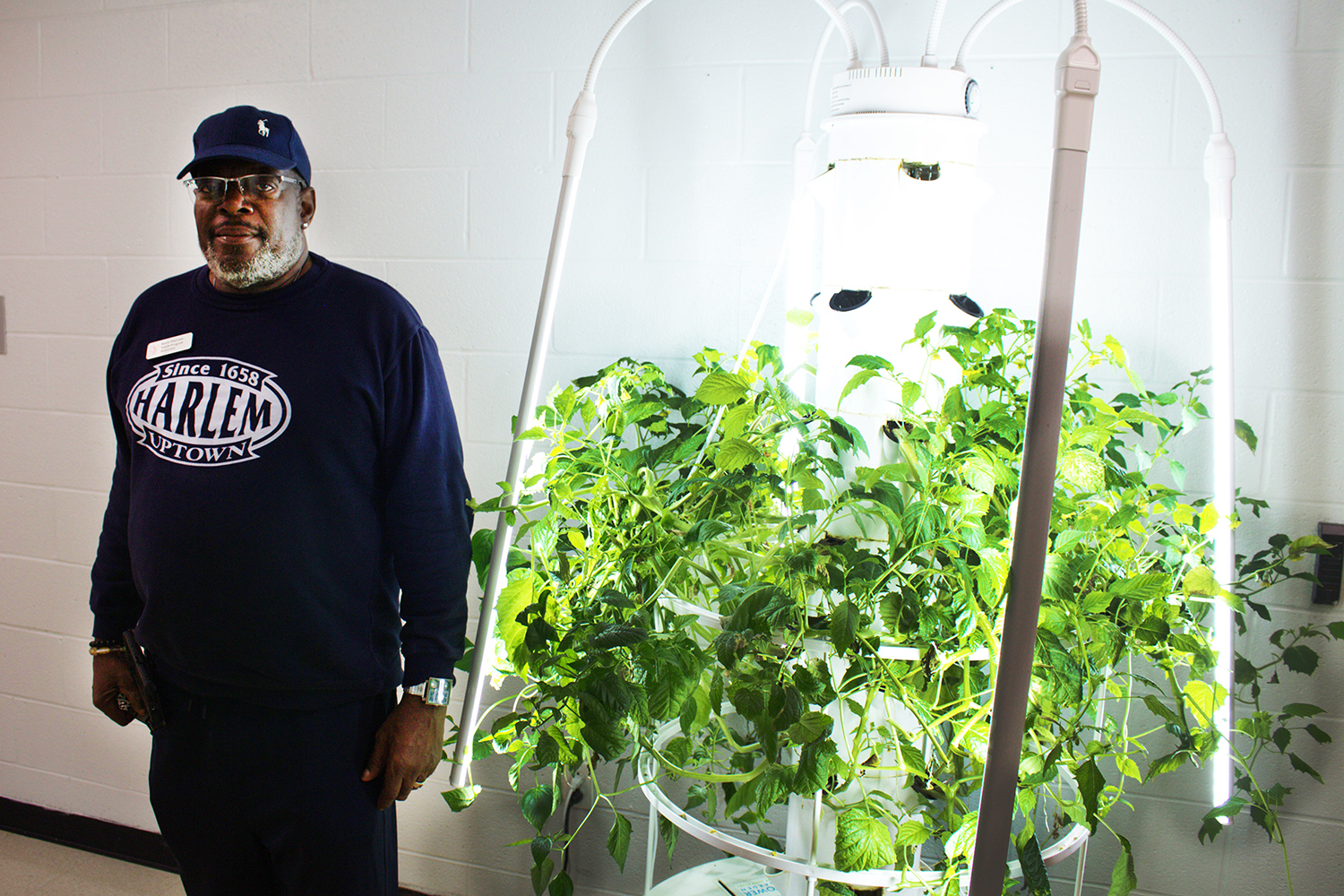 Dr. Chengyu Cao, an assistant professor in the Department of Mechanical Engineering, was awarded a NASA grant in excess of $288,000 for research aimed at enhancing the performance and robustness of adaptive control systems used aboard aircraft. His collaborator is Dr. Naira Hovakimyan, of the University of Illinois at Urbana-Champaign who, with Dr. Cao, invented a control architecture called the L1 adaptive scheme that improves both short-term transient performance and long-term stability.
Dr. Chengyu Cao, an assistant professor in the Department of Mechanical Engineering, was awarded a NASA grant in excess of $288,000 for research aimed at enhancing the performance and robustness of adaptive control systems used aboard aircraft. His collaborator is Dr. Naira Hovakimyan, of the University of Illinois at Urbana-Champaign who, with Dr. Cao, invented a control architecture called the L1 adaptive scheme that improves both short-term transient performance and long-term stability.
According to Dr. Cao, NASA is looking for advanced adaptive control schemes to supplement current aircraft controls during extreme conditions. This means that when an aircraft experiences component failures, such as when a wing breaks off or other catastrophic events occur, the controller will allow the vehicle to land safely – greatly increasing the survivability of both civilian and military aircrafts.
Dr. Cao explained that the adaptive control systems currently available focus on long-term stability rather than transient performance. In addition, in contrast with the L1 architecture, many adaptive systems require massive amounts of tuning for each vehicle design – driving up the cost and complexity of such systems. Their L1 system overcomes these deficiencies.
According to Dr. Cao, loss-of-control (LOC) accidents comprise the largest and most fatal aircraft accident category across all civil transport classes and can result from a large array of causal and contributing factors – for example, system and component failures, control system impairment or damage, inclement weather, inappropriate pilot inputs and the like – occurring either individually or in combination.
He cited the American Airlines Flight 587 in November 2001 as an example of the horrific sequence of events that can transpire if the control system cannot compensate for short-term hazards. In that case, the plane encountered turbulence in the form of two wake vortices generated by a 747 that took off less than two minutes before Flight 587. The pilots were able to compensate for the first instance of turbulence but not the second. As a result, portions of the plane, including the rudder and tail fin, broke off in flight and the plane plunged into a Queens suburb, killing 265 people. Other tragic flight accidents that illustrate the same problem are the Alaska Flight 261 accident in which the stabilizer was stuck, and loss of pitch control of Air Midwest Flight 5481, in which the elevator actuator failed.
Once fully realized, NASA will use this control architecture in many different aircraft and spacecraft, according to Dr. Cao. As a result, the agency will save time and effort in the tuning process, because the methodology is not dependent on the vehicle design. The system will also produce enormous savings in lives and money.
Dr. Cao, who joined UConn in August 2008, previously was a research scientist in the Department of Aerospace and Ocean Engineering at the Virginia Polytechnic Institute and State University. He received his Ph.D. from MIT in 2004


